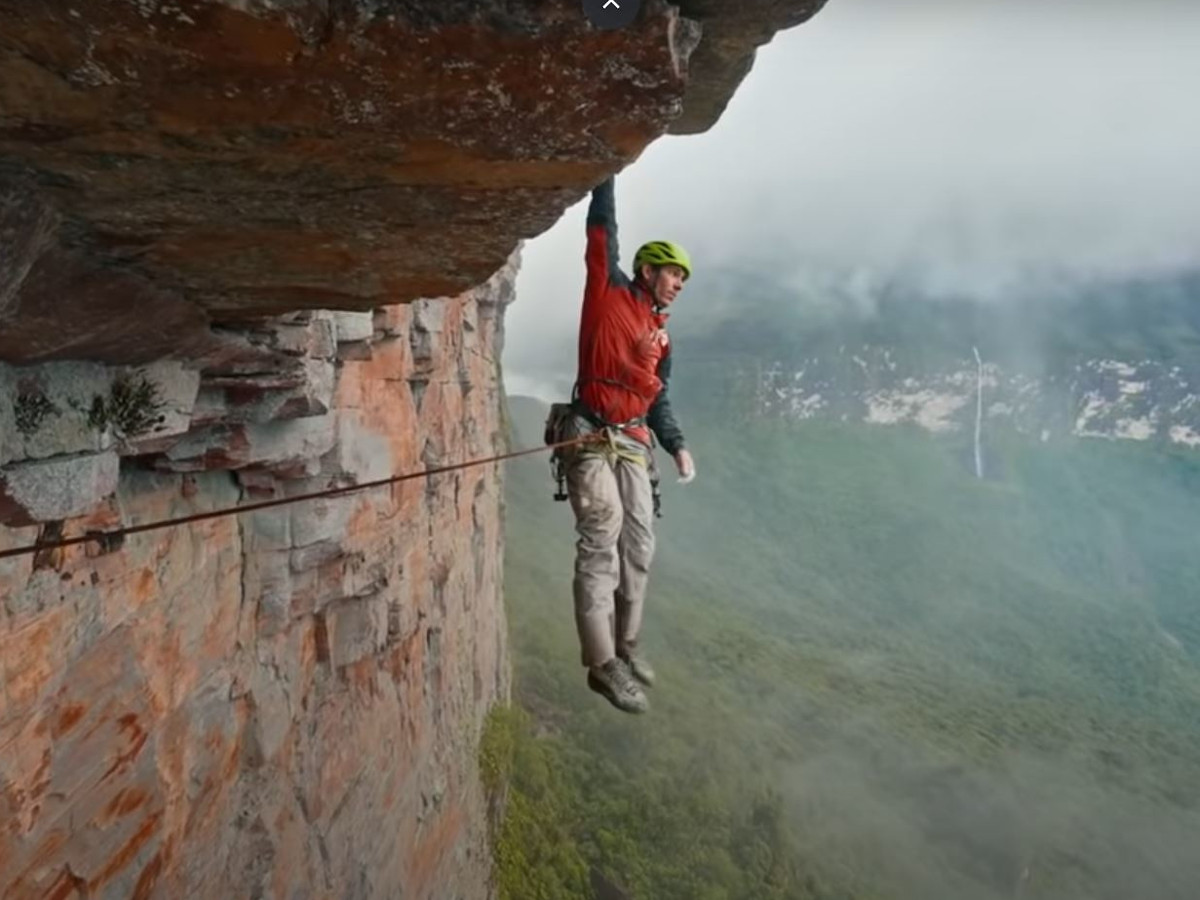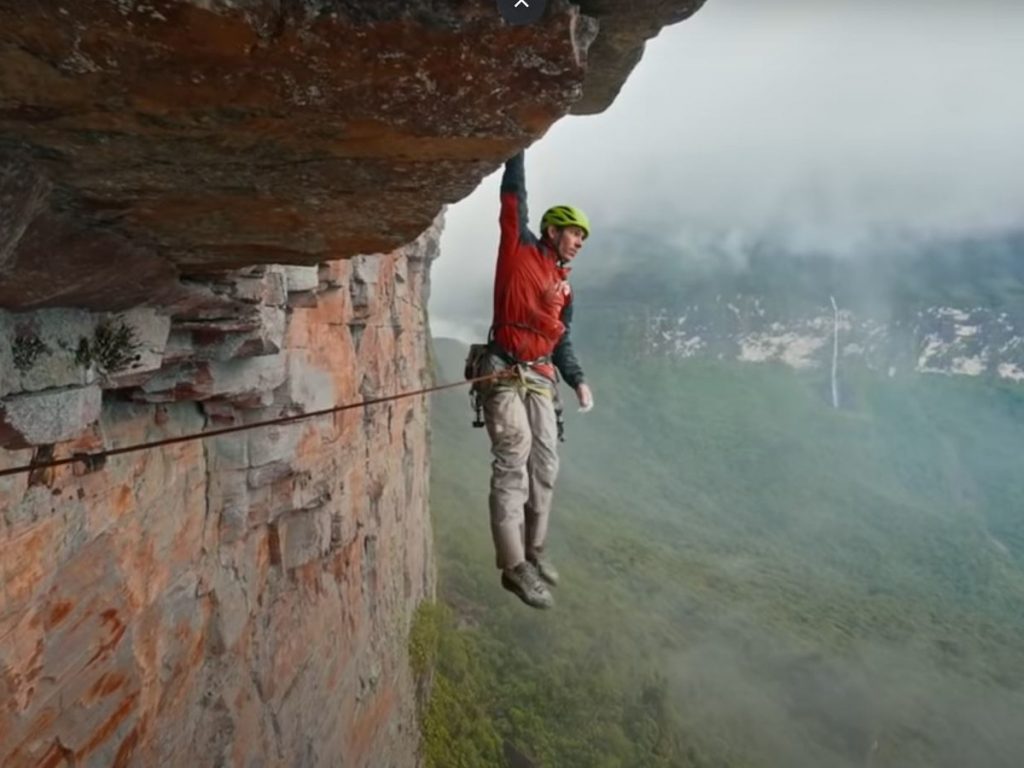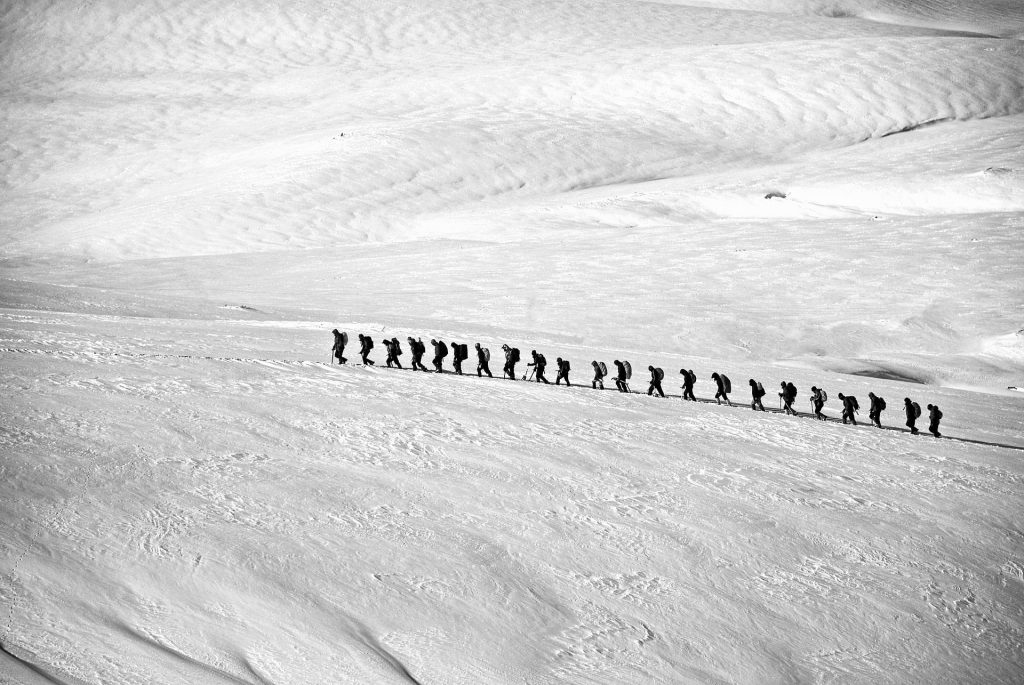The Last Tepui': Alex Honnold and a team of scientists and explorers go deep into the Amazon rainforest

The documentary "The Last Tepui", part of National Geographic's "Explorer" series.. In fact, it is the latest installment of this popular series and was released by Disney + Nature on 22 April to celebrate Earth Day.
What is the documentary about?
The last Tepui" (Alex Honnold in the AmazonNational Geographic, available on Disney+. Alex Honnold and a team of scientists and explorers go deep into the Amazon rainforest.. The formations are impressive: sheer-walled plateaus up to 300m above the jungle, hanging gardens, waterfalls plunging into the abyss. Honnold and biologist Dr Bruce Means explore the Guiana highlands in search of new species. "Tepui" translates as "house of the gods" in Pemón, the native language of Guyana's Gran Sabana.
Alex Honnold along with a team of experts led by mountaineer Mark Synnott attempt an arduous mission deep into the intricate Amazon rainforest. The aim of the expedition is to take the 80-year-old celebrated biologist and explorer Bruce Means to the top of a tepui. If successful, he would be the first scientist to search for unknown species of animals in such natural formations.
The adventure begins with a journey of several kilometres through the mysterious jungle terrain to reach the base of the tepui. Once there, Alex Honnold will attempt the first ascent of a 300-metre high wall and the group will find out which is the most comfortable and accessible way for Dr. Means to reach the summit as well.
Similar articles
Climbing to the top of the tepui is a challenge. Out of prudence, and so as not to jeopardise the success of the mission, Means did not go up. Instead, the film crew went ahead and took the necessary samples. Then, on the way down, beyond overcoming the technical difficulties of the climb, Honnold said the most difficult part was getting through the jungle.
The expedition to film "The Last Tepui" lasted a whole month, divided into a week and a half on the ascent and 15 days on the wall.. Some 20 frog species were found, of which three are thought to be unknown. Official confirmation of the DNA tests is still awaited, but it is estimated that at least one snake and one lizard are also new species.
These discoveries have been of great encouragement to Means, who has already expressed his desire to continue exploring, despite his age.

What is the scientific importance of exploring in the tepuis?
In "The Last Tepui", the tepuis are presented to the public as plateaus located in a region between Brazil, Venezuela and Guyana, considered one of the last virgin territories on Earth due to the difficulty of accessing them. It is estimated that man has not yet set foot on the 90% of these formations, It is therefore very likely that previously undiscovered species of plants and animals are preserved there.
These formations exhibit a rich biodiversity, due to the variety of animals and plants found nowhere else in the world, which in this respect resembles the Galapagos Islands.
Another characteristic of the tepuis is that their greatest biodiversity is not found on the summits, but on the slopes and crevices at the access. Thus, although it is possible to reach the summit of the tepui by helicopter, in order to investigate the species of fauna and flora, expeditions must be made on foot - or by climbing - as was the case in "The Last Tepui".
Sinkholes up to 300 metres in diameter and 300 metres deep can be found on its plateaus and within its ecology there are a large number of species that are unique to each particular sinkhole.
For all the above reasons, the tepuis are one of the richest biodiversity hotspots on the planet. Getting to the base of these structures was a very interesting challenge for the entire National Geographic team.
Their great vertical walls delimit them so well that they make them practically impossible for conventional explorers. For this reason it became absolutely necessary to summit them by rock climbing.
Who are the protagonists?
For "The Last Tepui", National Geographic combined the knowledge of a world-renowned biologist (Bruce Means) with the skills of an expert climber (Alex Honnold) and a team of veteran mountaineers led by a professional explorer (Mark Synnot).
Alex Honnold became known in 2007 for his solo ascent of Astroman and the Rostrum in Yosemite National Park and quickly rose to prominence on the world climbing scene.
In the 2018 Oscar-winning documentary Free Solo.Honnold's attempt to complete a free solo climb of El Capitan was captured, showing all the risks associated with this type of ascent.
Bruce Means is an 81-year-old biologist, renowned for having devoted much of his career to the search for new species in all corners of the world. Means, despite having been part of 33 expeditions to this region, had never managed to conquer the summit of a tepui.
For this reason, when National Geographic asked him to climb Mount Weiassipu to film "The Last Tepui", the idea appealed to him from the very first moment, despite the complications of climbing these formations, in addition to Means' advanced age and actual health situation.
Mark Synnott is an explorer, mountain guide and professional climber, who has often accompanied Honnold on his climbs, as he specialises in first ascents of large vertical walls. On this occasion he was in charge of leading the team of climbers.
"The Last Tepui is co-directed by the outdoor filmmakers Renan Oztürk (photographer, director of photography, climber and director) and Taylor Rees (photojournalist and director of photography). It has a total running time of one hour and was produced by Drew Pulley. The title of this special documentary in Spanish is "Alex Honnold en el Amazonas".
Fastpacking is not about going faster. It's about going lighter.
If you come from classic trekking, this is the next step: learning to move with less weight,
more fluid and enjoying every kilometre more.
Join the channel and start discovering what lightness feels like.




